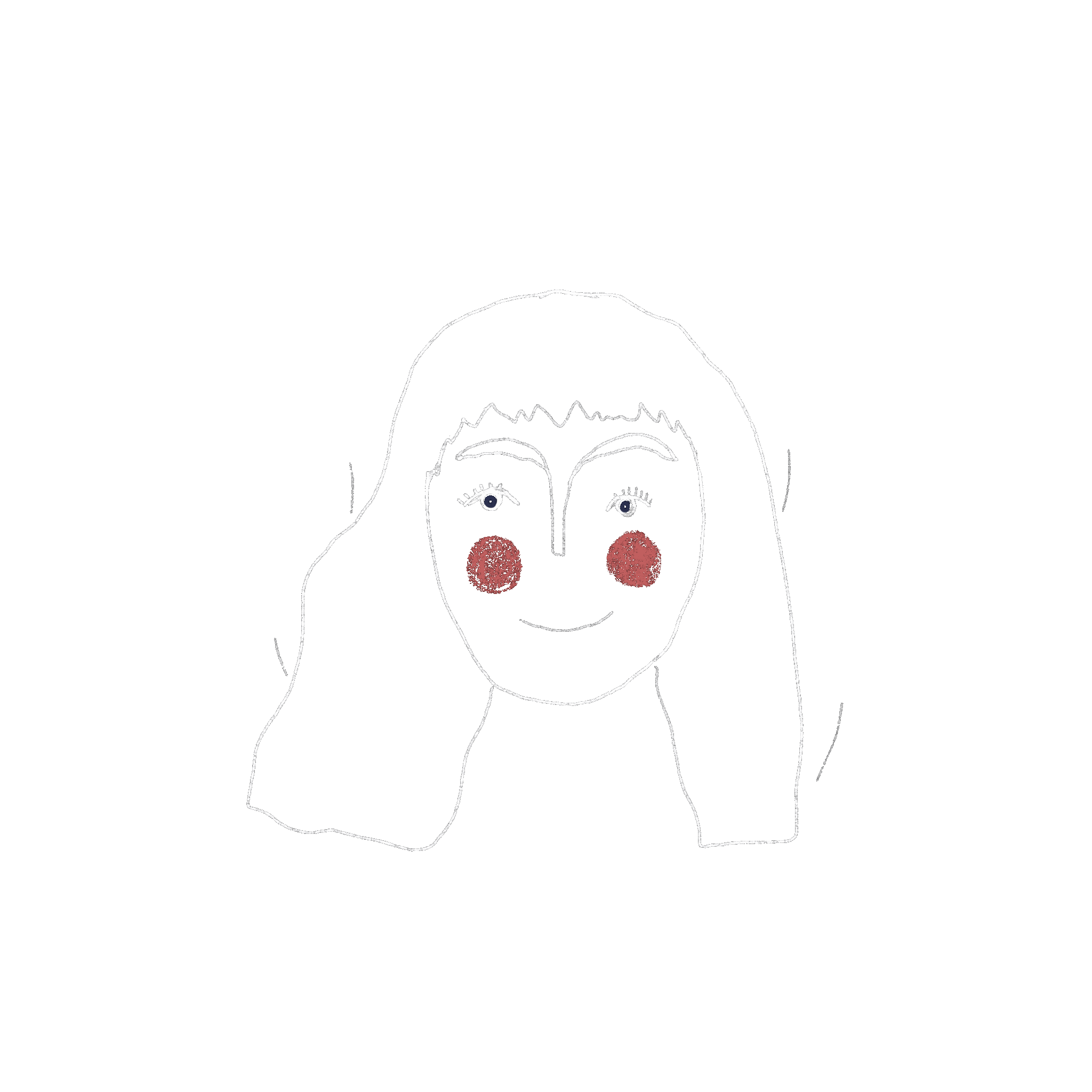
Folk Art Collection
wildlife in the north pennines

I am lucky enough to live in the North Pennines AONB. The landscape is wild and windswept with pockets of woodland and cold crashing rivers. During the long winters we can get buckets of snow when other areas remain free and clear but in the summer the landscape comes alive. Flocks of migrating birds come to roost and the wild flower meadows are home to an amazing array of rare plants. I am always inspired and rejuvenated by the flora and fauna that surrounds my every day life, spring is my absolute favourite time of year when the birds start to sing again and the plants start to grow. I wanted to create a collection of work which reflects this.
I have always admired and been drawn to folk art, also outsider and primitive art. I am fascinated by traditional art made by indigenous peoples. Something just feels right and in place when I look at the simple lines and forms created by someone who is creating dominantly from instinct over education.
The work I make reflects my love of fauna and flora. I wanted to make a collection of art, in the folk art tradition that reflects this. I wanted to include animals that are native to Britain and also focus on some that we have in the area that I live in- the North Pennines in Northumberland.
The animals and birds I have focussed on here are ones I particularly enjoy and play a part in life here. Although as I work, I think of more that need to be celebrated, so I may just have to add to the collection as time moves on!
Traditional folk art reflects the creators life, elements of their everyday lived experience. It has strong narrative qualities and historical folk art pieces are important social artefacts. Common themes are animals, birds, figures and symbols. Humans have always sought to express themselves, their lives, surroundings and experiences through art.
The Curlew is a big deal for us in the wild windy hills of Northumberland! Winters are long and hard and the weather here can be surprisingly worse than just a few miles away at lower altitudes. The special thing about the Curlew is that when you hear it's first trilling calls, you know that the longed for spring is on it's way.
Curlews migrate every year, they over winter in milder costal areas, where they wade with their long legs in the sea to catch food, and every spring they return to find mates and nest in the quiet upland grasses.
There is nothing more magical than hearing the curlews call through through the long summer nights and seeing them fly by the light of the moon!
In the North Pennines we are lucky enough to be home to the magnificent Brown Hare.
Driving at dusk on the quite upland roads watch out for hares as, being nocturnal, they are likely to jump out from long grass on the verges. Hares have their offspring which are known as leverets, not in burrows like rabbits, but in a 'form' which is just an impression made in long grass and they can live up to 12 years.
They are surprisingly big and I have in the past, mistaken one for a tiny deer when it leaped out from the verge!
They are usually quite hard to spot but in the spring become a lot more visible as they look for mates and fight.
They also have a flower named after them, the Hare Bell, a beautiful delicate looking bell shaped flower of a light blue/ purple colour which thrive in the windswept hills of the Pennines.
Because of extensive game keeping, we don't have many predators in the North Pennines. Badgers and foxes are a very rare sight, which I find very sad, but it does benefit the ground nesting birds like the Curlew. However, we do have these little guys! Stoats and weasels are small but mighty, fierce little predators.
They have been known to kill full size chickens and rabbits, I have even seen one somehow carrying an egg in it's mouth.
They also have an amazing way of confusing their prey- they dance! Whilst the rabbit or other prey is trying to figure out what on earth is happening- they crafty stoat will use the opportunity to strike!
Wild Geese are a year round resident in Northumberland. Both Grey-lag and Barnacle., although some migrate all the way from Iceland,.
Pairs of Geese make nests in some wild fell areas to hatch and raise their goslings.
For a while I was commuting over an upland area, and during spring, I really enjoyed seeing first all the birds arriving, pairing up and then emerging with strings of tiny goslings trailing after them. I would often have to stop the car to allow the little families to cross the road.

Owls are one of my absolute favourite things! Any kind of owl , I love them all and am always hungry for a sight of one.
The kind I most commonly see are tawny owls and barn owls (pictured) which live in the trees behind my house. Although I rarely get to see them, they are heard often, especially in the month of February which is when their breeding season begins.
The iconic barn owl is often seen hunting at dusk and dawn, hovering over the long grass of the wild flower meadows, searching for mice and voles, or swooping out of a disused barn where they may have a nest of young.

.png)


.png)


